Meaning and definition of target costing

The strategic cost management tool “target costing” incorporates customer-centric pricing principles instead of traditional firm-oriented pricing. A target cost is a basis for establishing and controlling individual costs. The objective of target costs is to provide incentives to lower costs and increase the quantity of output in the same unit of time. CIMA defines target […]
What are the Different Types of Cost Audit?
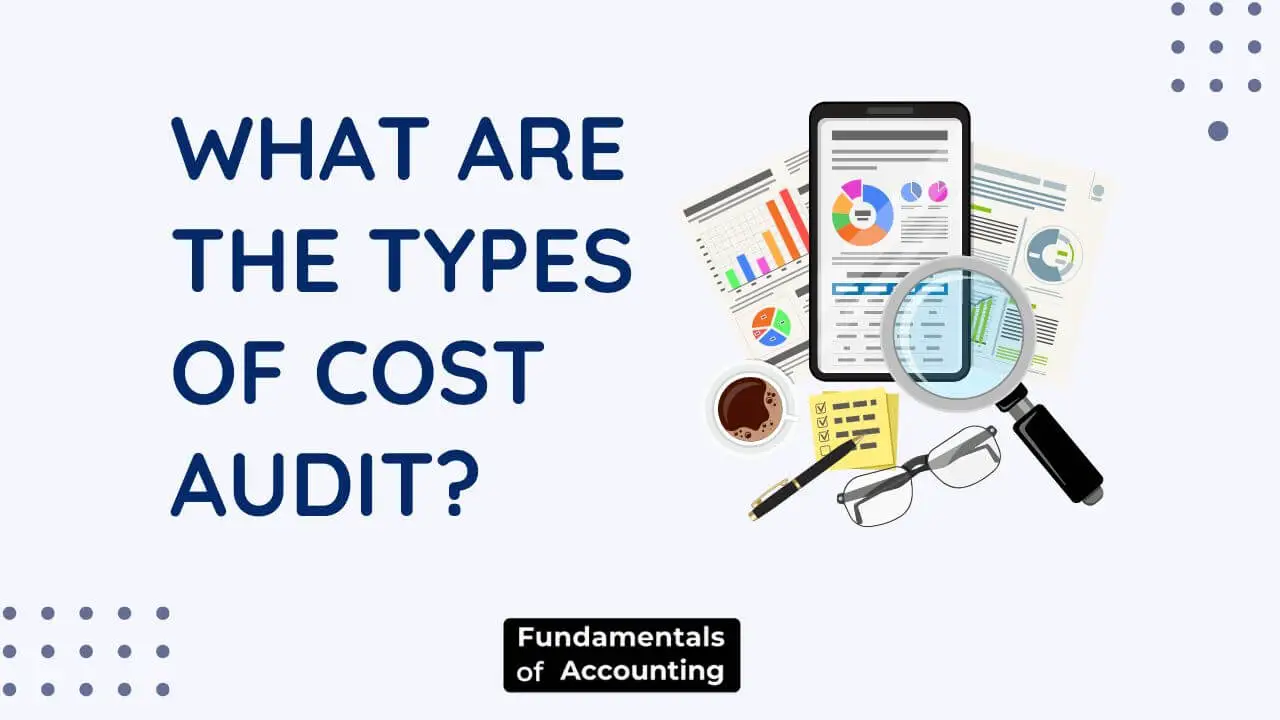
A cost audit is an independent examination of an organization’s cost accounting records and procedures. It is used to ensure that the organization is following sound cost accounting principles and practices. Cost audit can also be described as “the verification of cost records and accounts and a check on the adherence to the prescribed cost […]
What is the Importance of Overhead Costs

Overhead costs are expenses incurred during the production of a product or the operation of a department but cannot be directly attributed to the product or department. Unlike direct costs, which can be readily traced to specific products or services, overheads represent the indirect expenses that underpin the overall functioning of an organization. While they […]
What is a Cost Audit? – Meaning and Definition

A cost audit is designed to uncover and correct or prevent errors in the accounting of materials and services to customers. It is an ongoing process of checking the accuracy of company costs. Often costs are not matched up against the service or work that has been performed. The auditors check that the number of […]
What are the advantages of absorption costing?

Absorption costing is a method of accounting for production costs that assign all direct and indirect costs to the products being produced. This method is also known as full costing or traditional costing. Under absorption costing, the cost of each product includes the direct materials, direct labour, and both variable and fixed overhead costs associated […]
What is Ratio Analysis? – Meaning and Types of Ratios
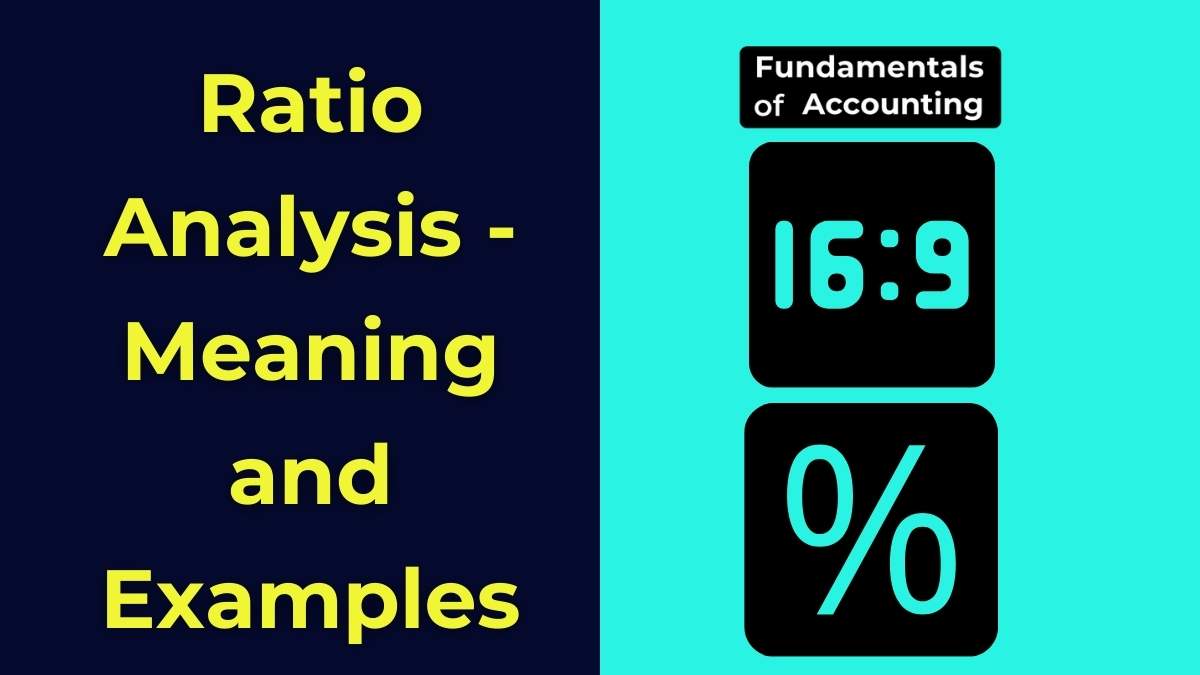
Ratio analysis is one of the most useful techniques for the analysis or interpretation of a financial statement and performance of a company. It provides insights into a company’s profitability, liquidity, efficiency, and solvency, enabling businesses, investors, and creditors to make informed decisions. In simple words, we can say that a ratio is an expression […]
What is Direct Labour Cost Variance
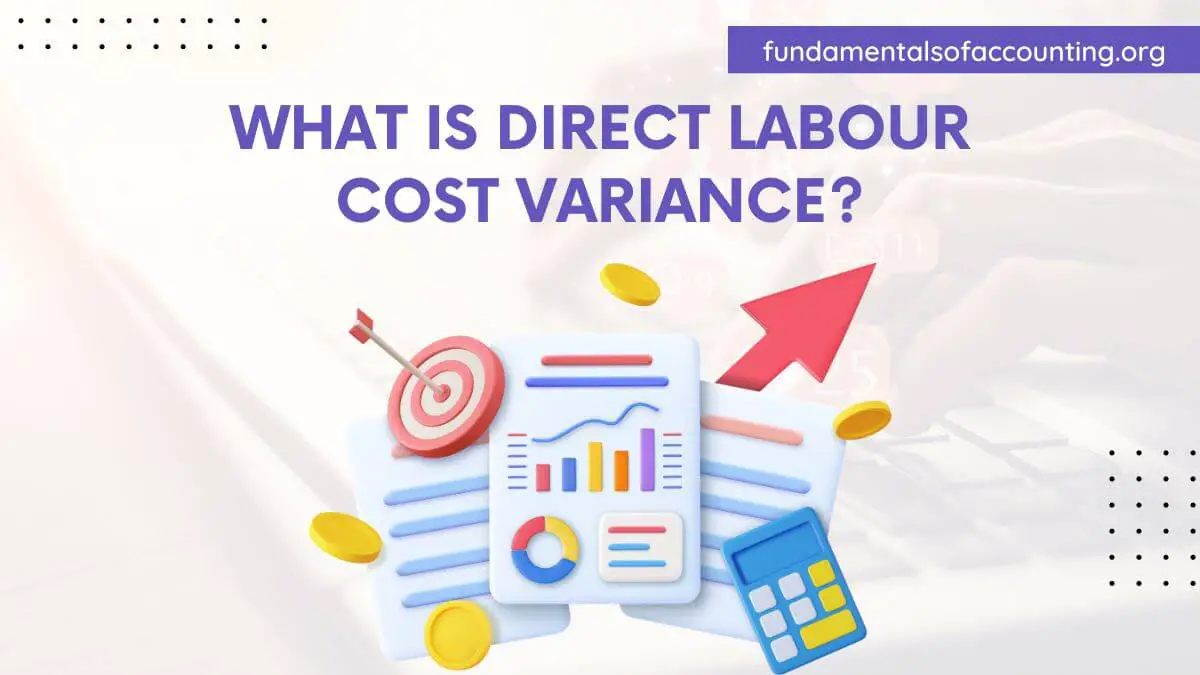
Direct labour cost variance refers to the standard cost of direct labour for the actual number of units produced less the actual cost. A total variance might have been caused by two factors: either the difference in the number of labour hours that are being used or by a difference in the wages paid to […]
What are the Advantages of Cost Audit?

A cost Audit is an important part of a company’s financial and risk management. The main purpose of this cost audit is to help the company to save money by fixing any cost-related mistakes. Cost auditing is a critical evaluation process used to ensure that cost accounts are accurate and that cost accounting plans and […]
What is Direct Labour in Cost Accounting?
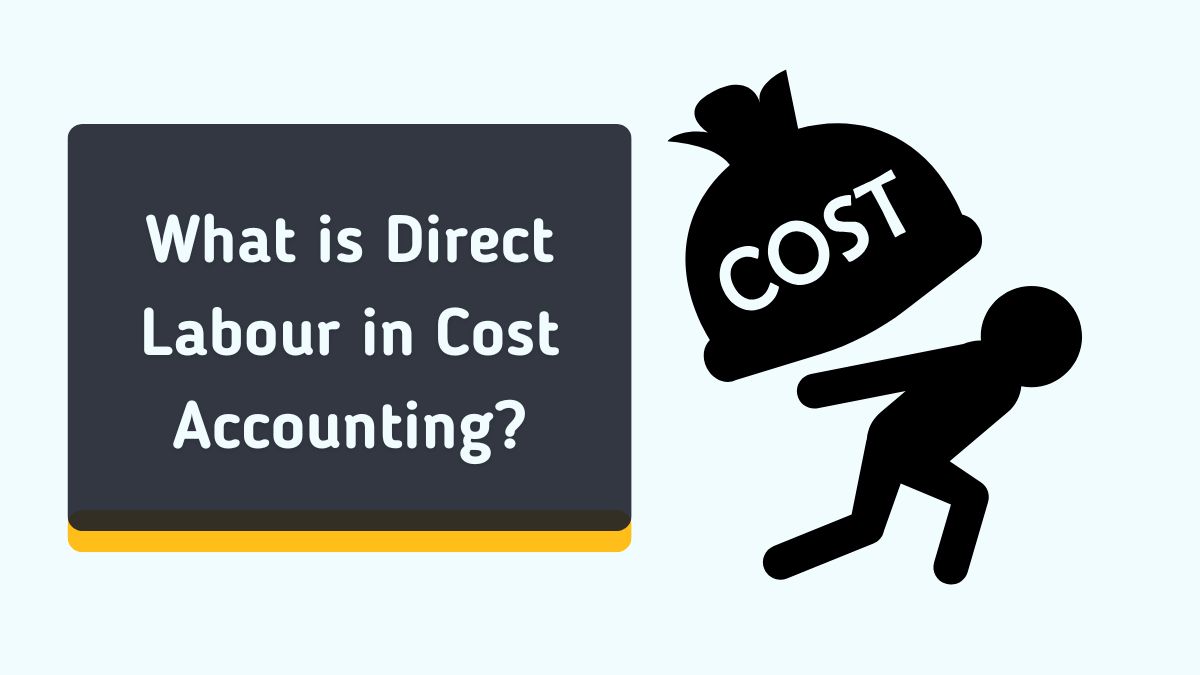
Direct labour is the cost of the labour used to produce a product or service. It includes all wages, salaries, and other forms of employee compensation, such as benefits. In simple words, it is labour that can be conveniently identified or attributed wholly to a particular job, product, or process or expended in converting raw […]
Why do variances arise in costing
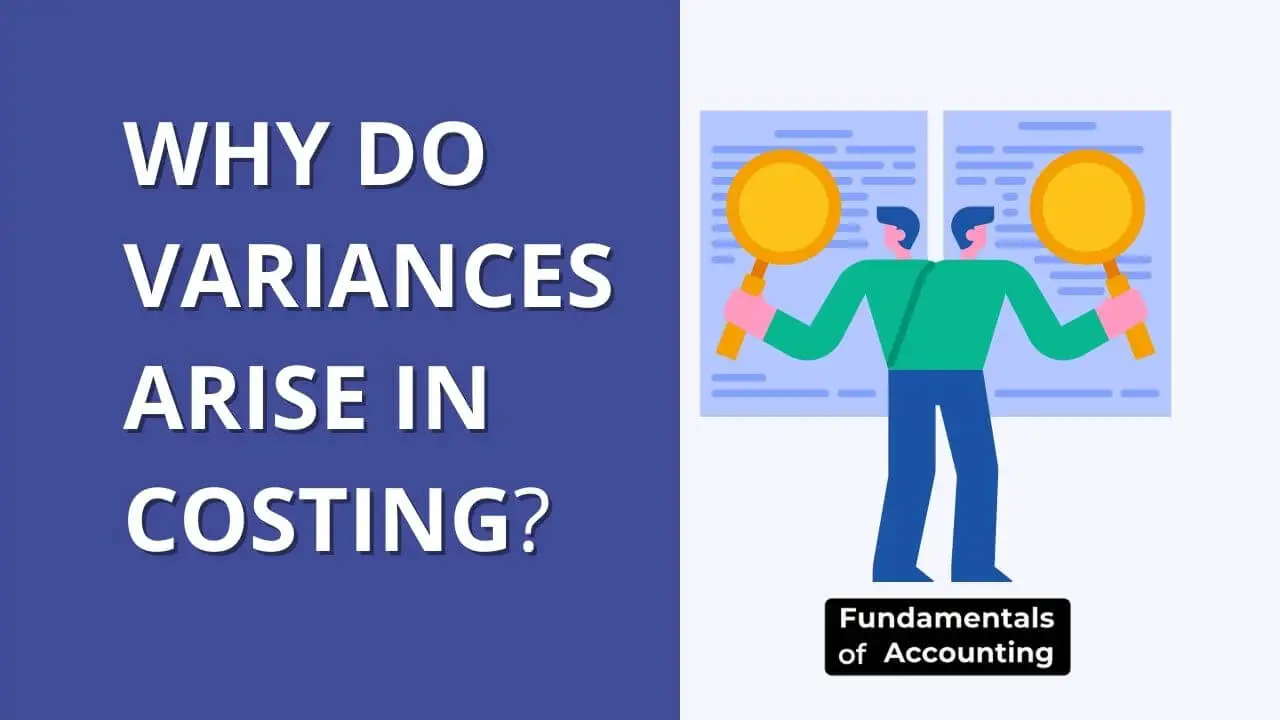
Variance in cost accounting is the difference between the actual cost of something and the expected cost of something. For example, a direct material cost variance means that the actual cost of direct materials used to produce a particular number of units is different from the standard (or expected) cost. Variances can either be favourable […]
